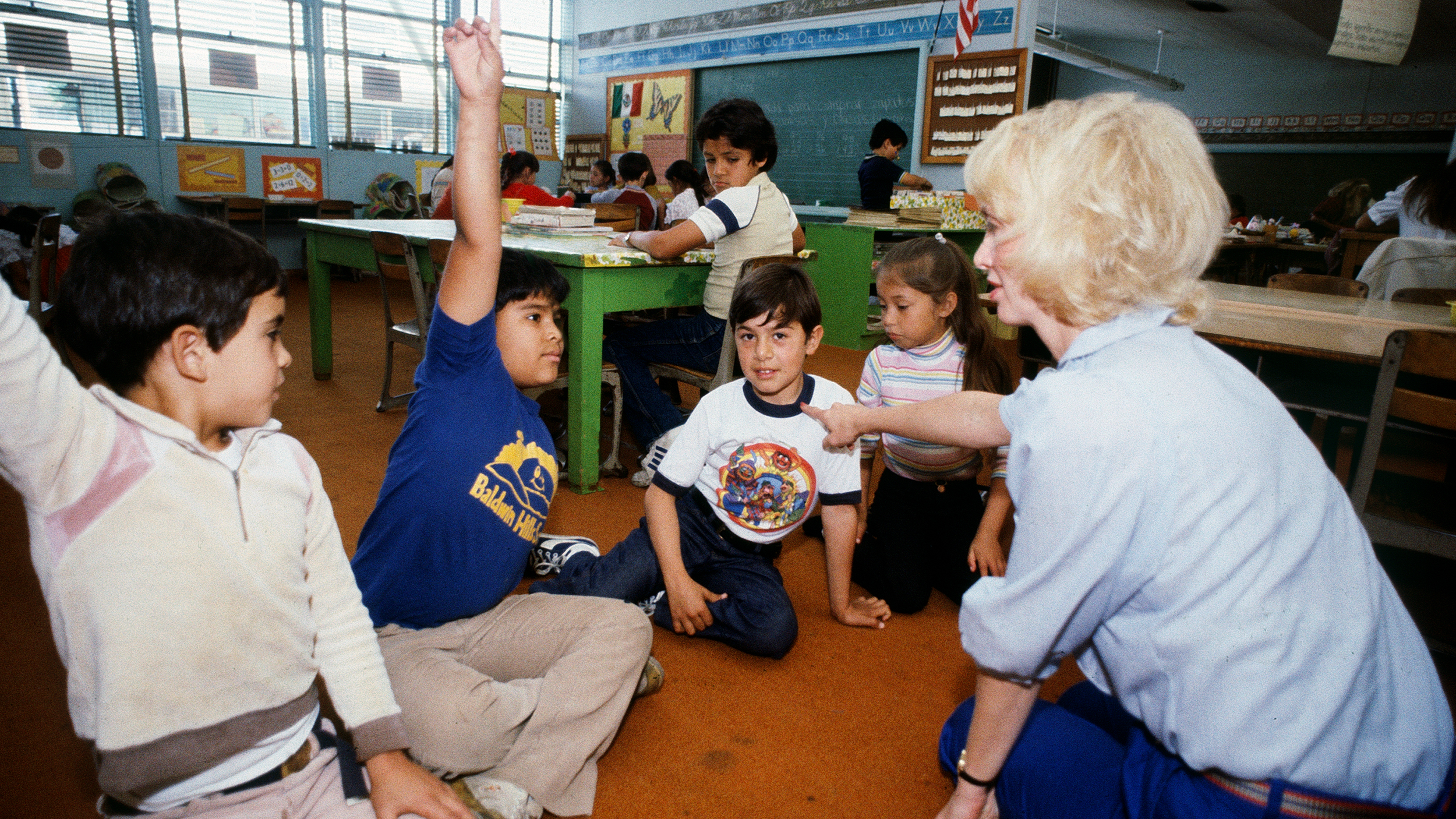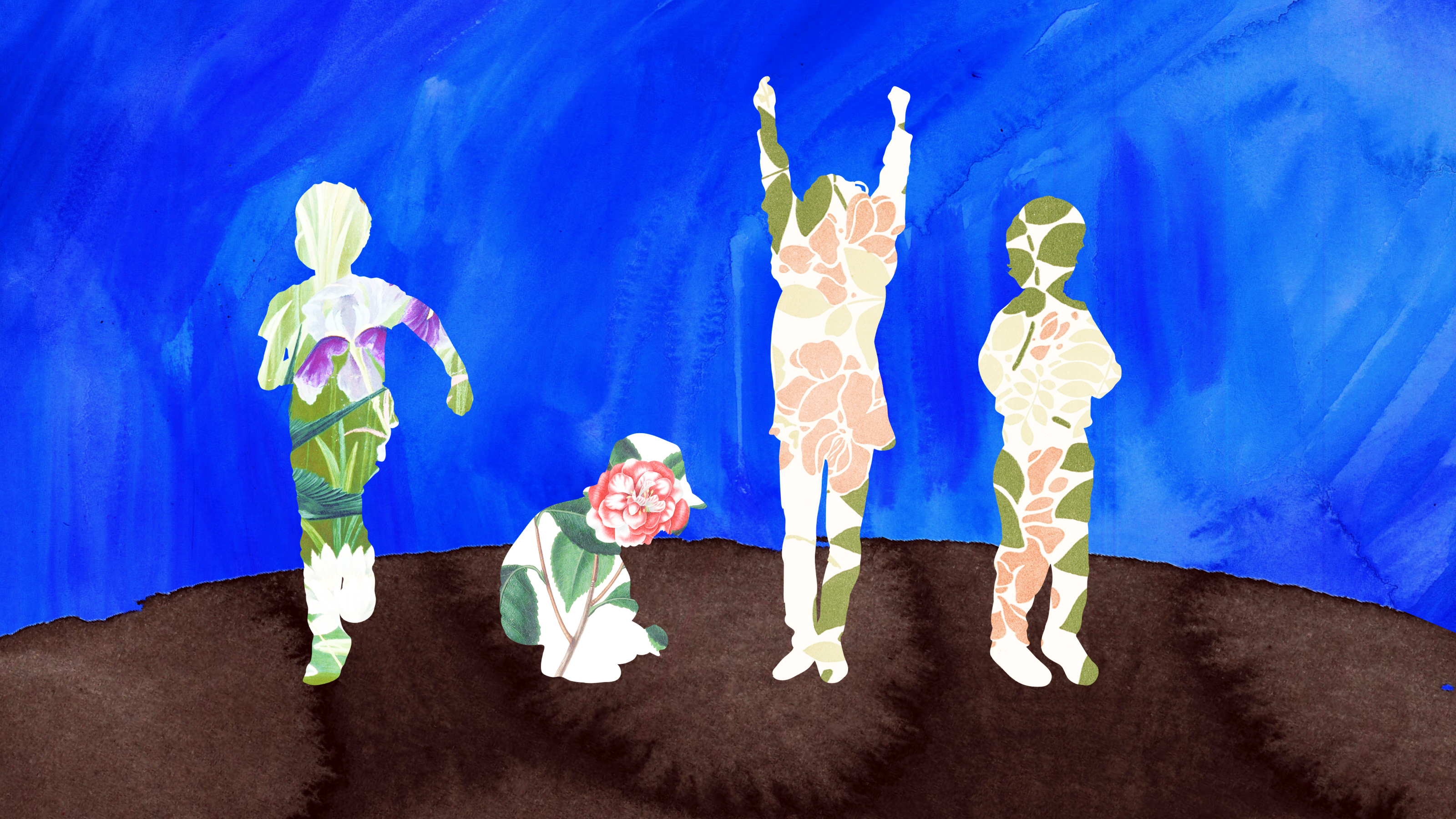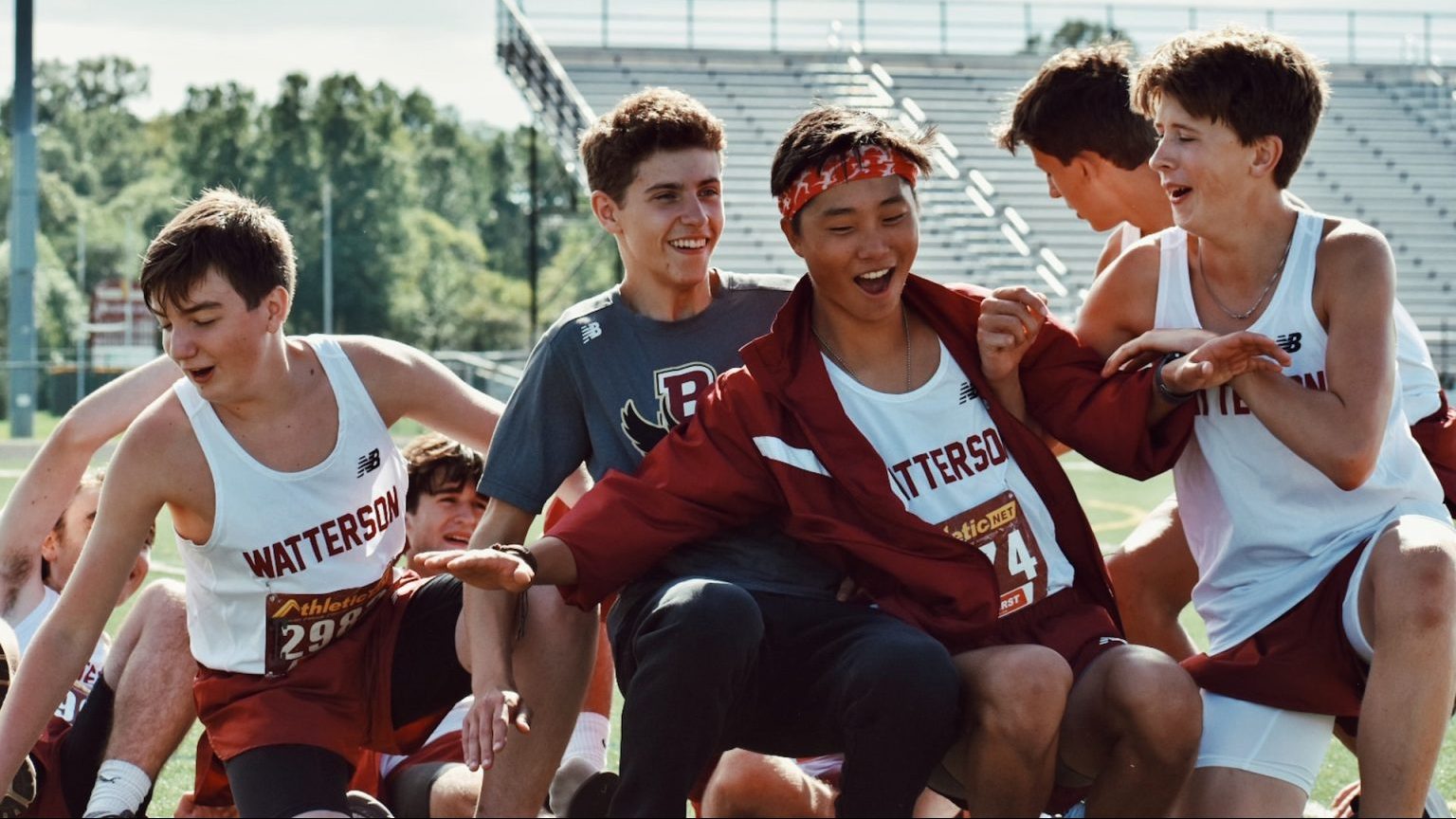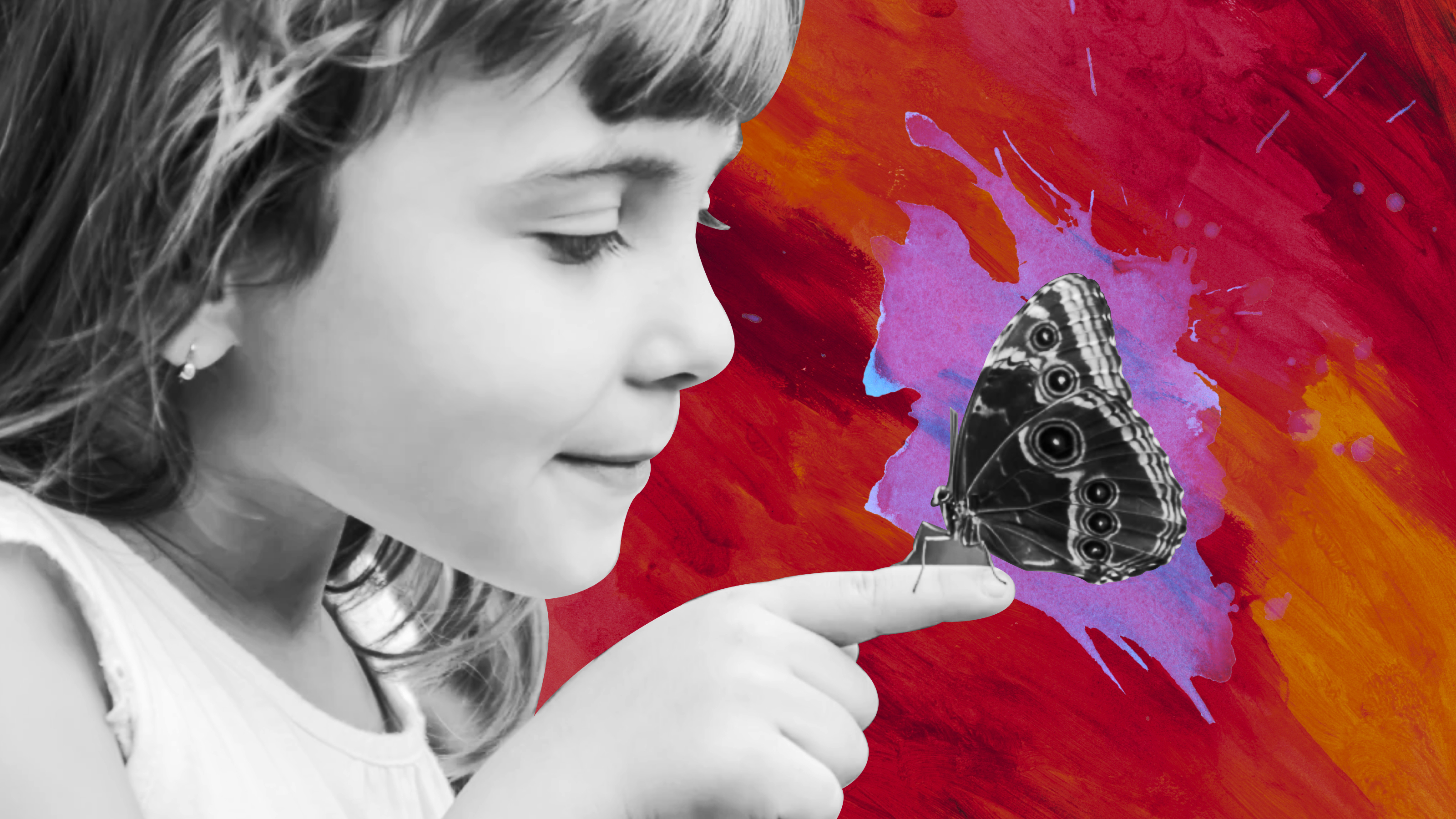How “thinking about thinking” can help children in school and in life

- Metacognition is the idea of “thinking about how we think” – this can give us insight into our feelings, needs and behaviors that allow us to adapt and grow.
- Metacognition can (and should) be taught from an early age to allow for students to do their best in school and in life.
- Simple forms of metacognitive thinking techniques can be taught at home and in the classroom.
“Metacognition is a big word for something most of us do every day without even noticing. Reflecting on our own thoughts is how we gain insight into our feelings, needs, behaviors – and how we learn, manage, and adapt to new experiences, challenges, and emotional setbacks. It’s the running conversation we have in our heads, mentally sounding ourselves out and making plans.” – ChildMind.org
According to ChildMind, teaching our children how to use metacognition proactively can be a powerful tool, helping them overcome obstacles and adapt.

Metacognitive thinking in children can allow them to adapt and overcome obstacles at school and in life. Photo by Rawpixel.com on Shutterstock
In simple terms, metacognitive thinking teaches us about ourselves. According to Tamara Rosier, a learning coach who specializes in metacognitive techniques, thinking about our thinking creates a perspective that allows us to adapt and change to what the situation needs.
A simple example of metacognitive thinking (or reframing) is this:
“Math tests make me anxious.” This is a statement, a thought. Turning to metacognition, this train of thought evolves into “What about math tests make me anxious…and what can do I to change that?”
According to Rosier, children who are taught to think of themselves as being either “good” or “bad” at a particular task can end up with a fixed mindset that makes them passive in approaching a challenge relating to that task. However, teaching kids to become more metacognitive helps them develop a mindset that leaves more room for growth and adaptation, promoting self-awareness and resilience.
This isn’t just a hunch, there are many studies that prove the worth of teaching metacognition to children. Research suggests that as students’ metacognitive abilities increase, they also achieve at higher levels.
Even beyond academic learning, metacognition can help young people gain awareness of their own mental states so they can begin to answer important questions like “how do I live a happy life?” and “how do I feel good about myself?”

Teaching children metacognition can happen at school and at home with just a few simple tricks…Photo by ImageFlow on Shutterstock
Teach children how their brains are wired for growth and productivity.
How your child thinks about learning will greatly impact their performance while learning. Research shows that when students are able to develop a growth mindset (compared to a fixed mindset), they are more likely to engage in reflective thinking about how they can learn and grow which serves as motivation to do so.
Provide opportunities to reflect on what they’ve learned.
According to Edutopia, higher-order thinking skills are able to be fostered when students recognize their own cognitive growth. Simple questions like “before this test, I thought earthquakes were caused by _____, but now, I understand them to be caused by ______.”
This kind of thinking promotes the idea that they have learned a new fact or acquired a new skill, which allows them to become more motivated to learn and grow. A very simple way of doing this could be having students keep an education journal where they track things like what tasks they found easy each week at school, what assignments they found most difficult, and what new things they learned as a result of their studies.
Simple interactions in the classroom can promote metacognition.
Even the way teachers interact with students can help improve metacognition. Before a class, a teacher could give a few tips on how to actively listen and learn. Following the class, the teacher could ask students to write down three key points from the class. After, the teacher should share what they believe to be three key points from the class and ask students to self-check how closely their answers matched the teacher’s answers.
This activity is able to increase active listening and improve metacognitive monitoring skills at the same time.
Making the most of “teachable moments” everywhere (at home, in the classroom, etc.)
You can model metacognition by talking through problems. Children can learn a lot from listening to their parents or teachers use higher-order thinking strategies (or metacognitive thinking) out loud.
Taking advantage of “teachable moments” like this can allow children to see metacognitive thinking in action and promote the idea that everyone makes mistakes and the best way to correct those mistakes is to work them through and think about it as an opportunity to learn and improve.





